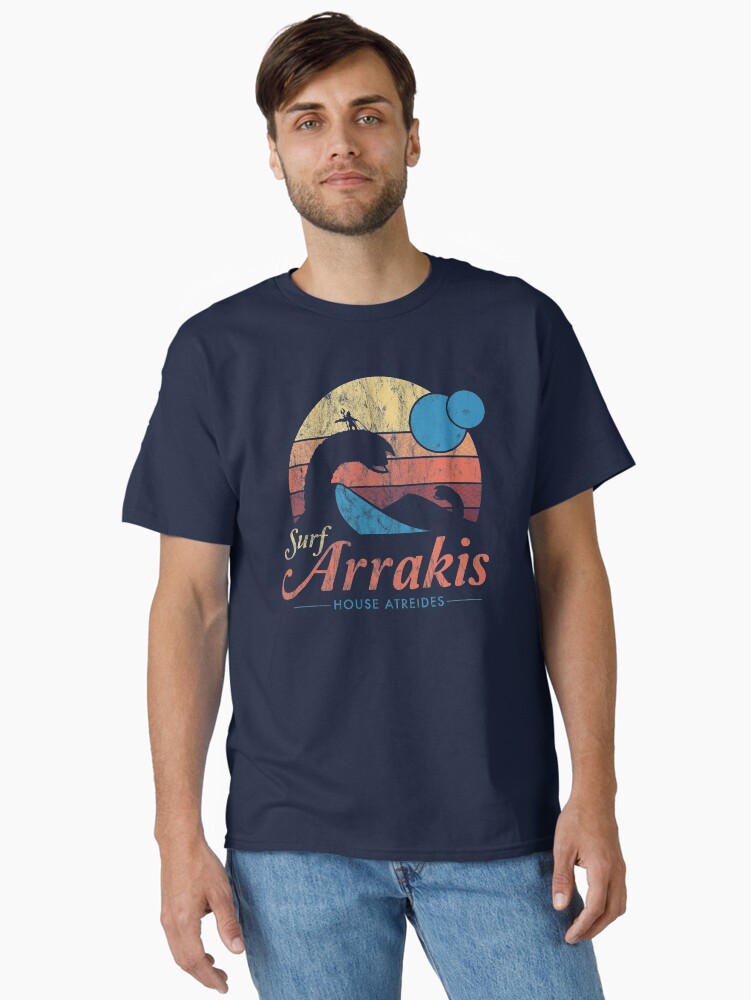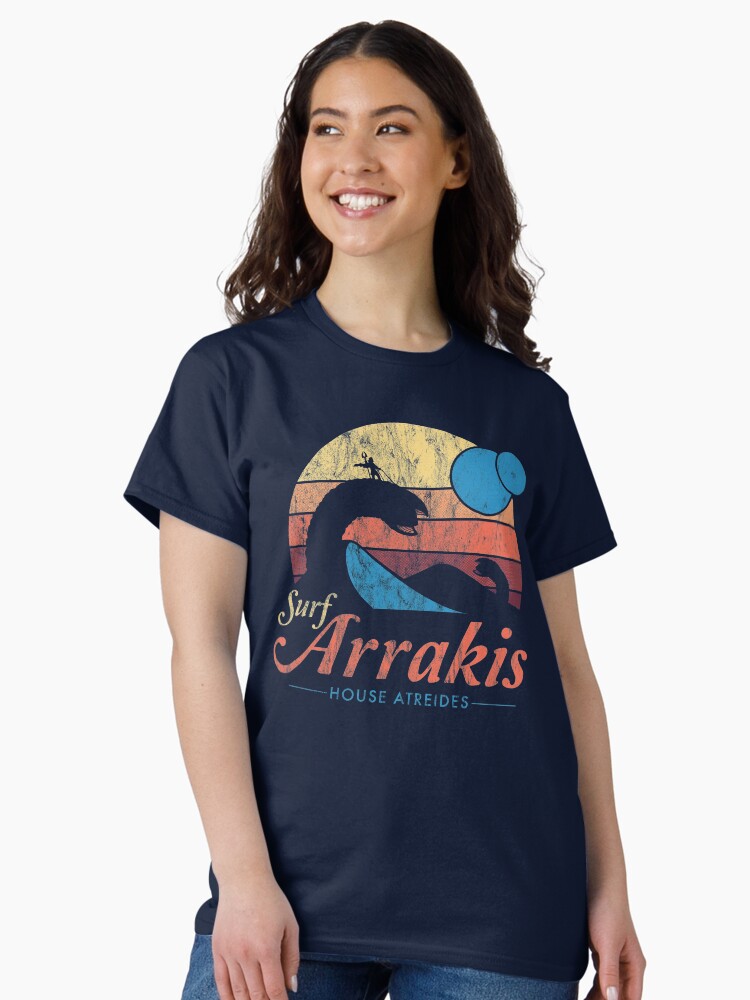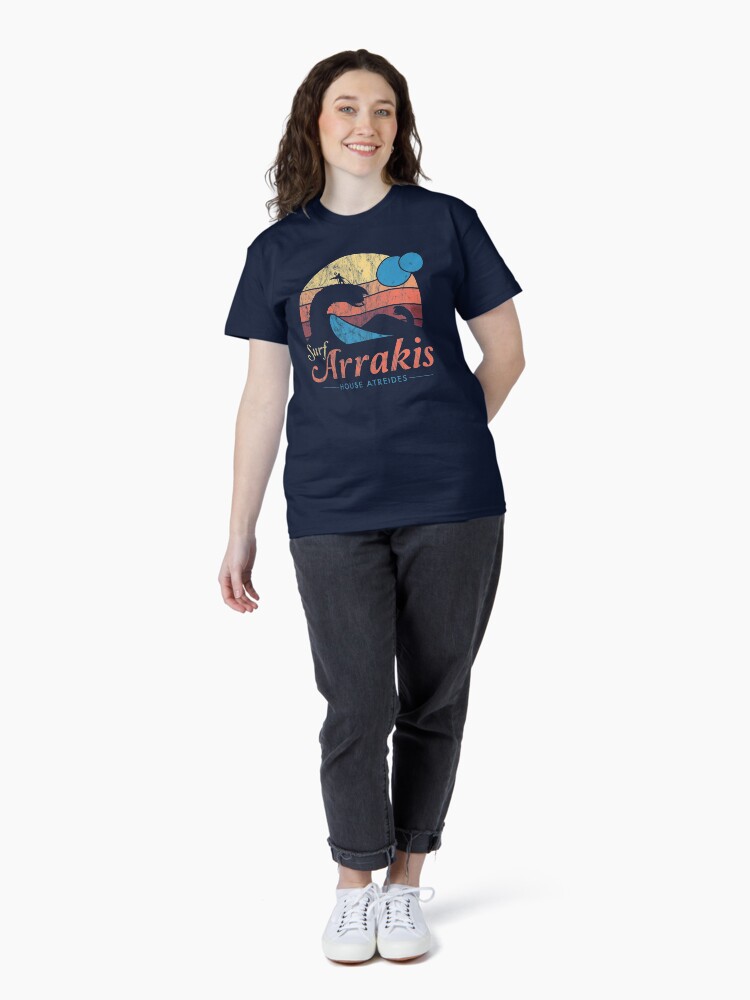






SLOT88KU $ Link Agen Slot Online Terbaik Situs Slot88 Gacor Terpercaya 2026
Designed and sold by
SLOT88KU
Rp 10,000.00
90% off ends soon
Style

Classic T-Shirt
Everyday tee, crew neck, generous fit
$16.28
Details Product
SLOT88KU adalah satu-satunya link agen slot online terbaik yang terkenal gampang menang maxwin hari ini. Bekerja sama dengan situs slot88 gacor terpercaya 2026, SLOT88KU semakin populer dikalangan sloters karena sering memberikan kemenangan besar dan bonus menarik di setiap harinya.

SLOT88KU $ Link Agen Slot Online Terbaik Situs Slot88 Gacor Terpercaya 2026
SLOT88KU adalah satu-satunya link agen slot online terbaik yang terkenal gampang menang maxwin hari ini. Bekerja sama dengan situs slot88 gacor terpercaya 2026, SLOT88KU semakin populer dikalangan sloters karena sering memberikan kemenangan besar dan bonus menarik di setiap harinya.